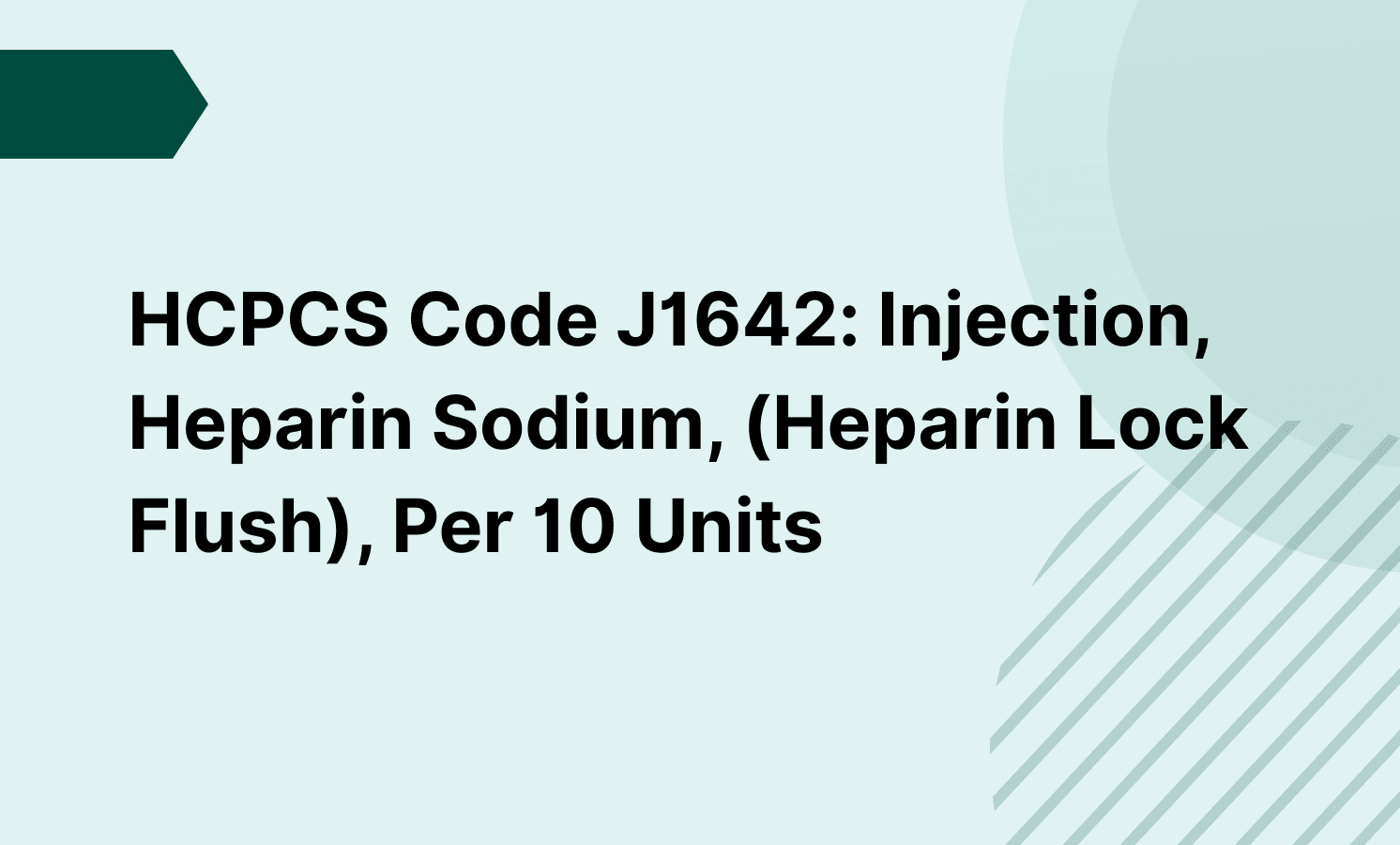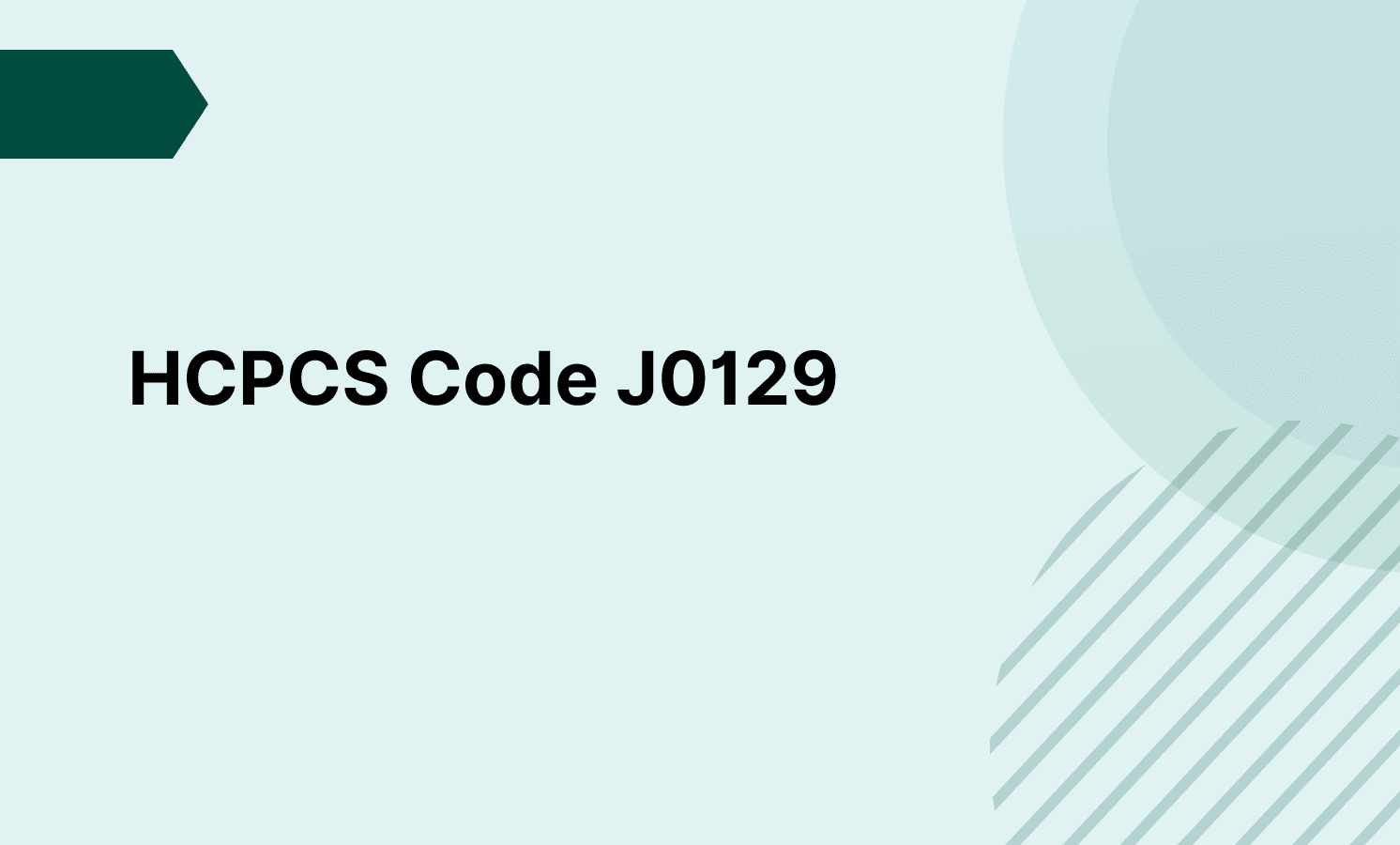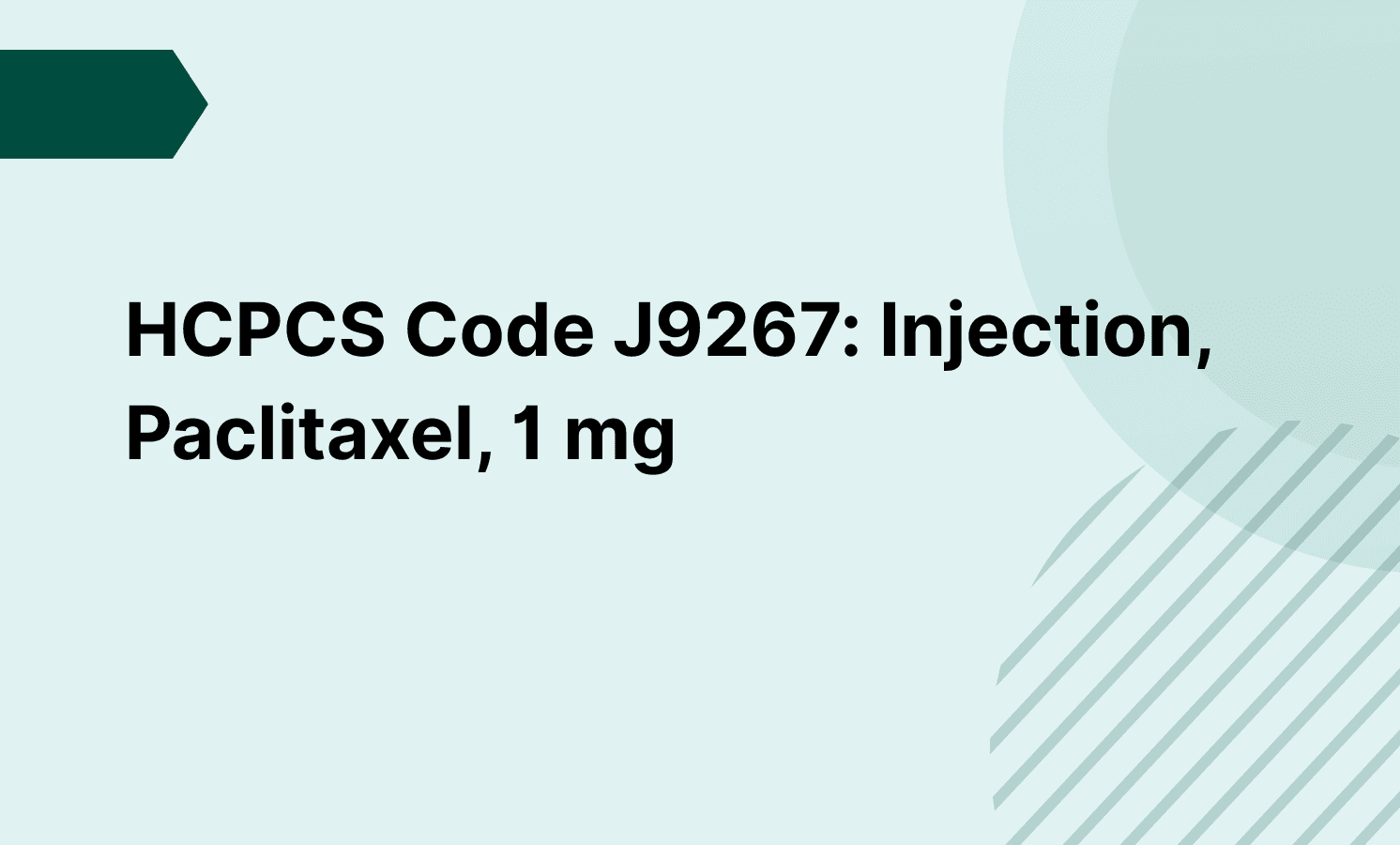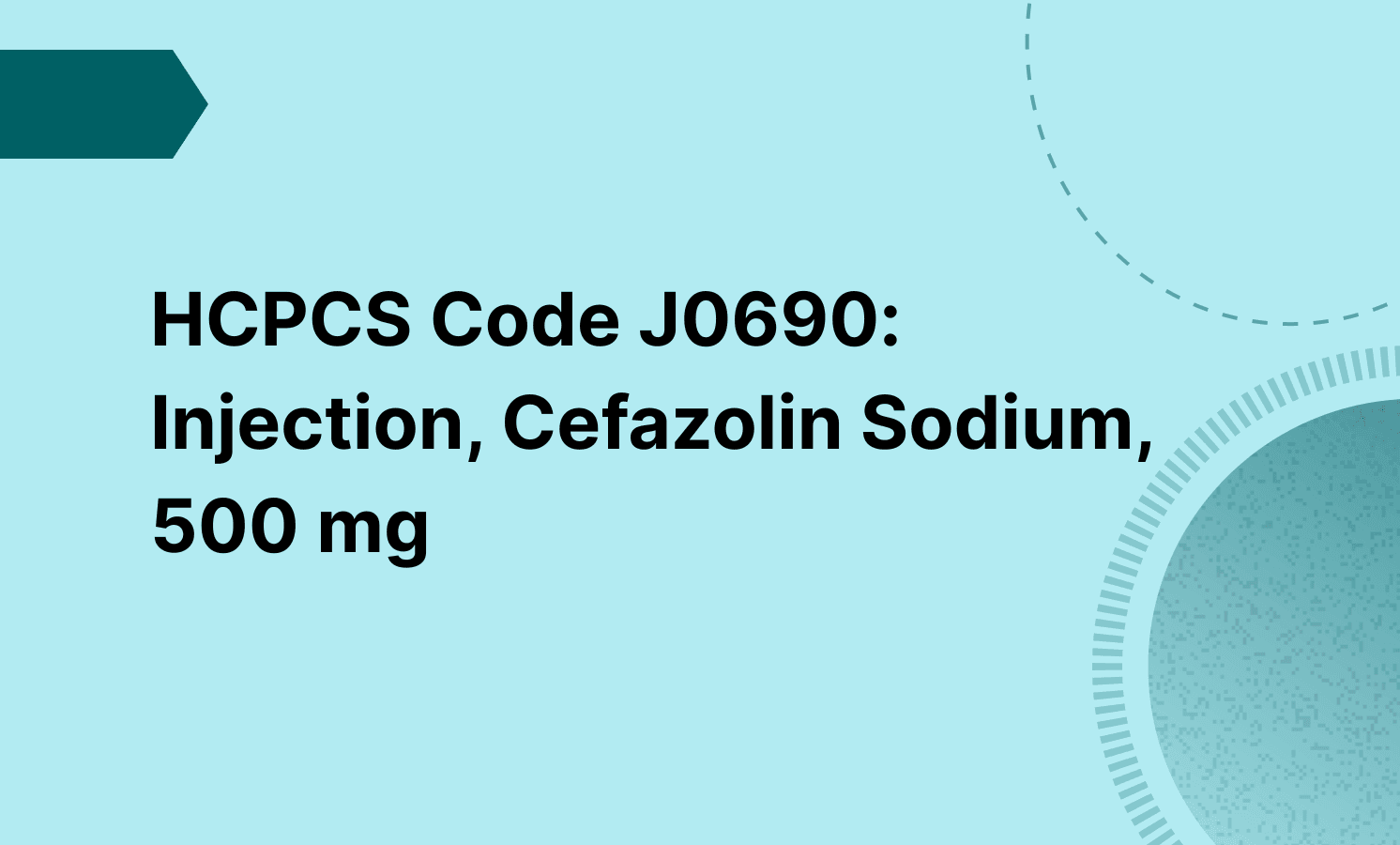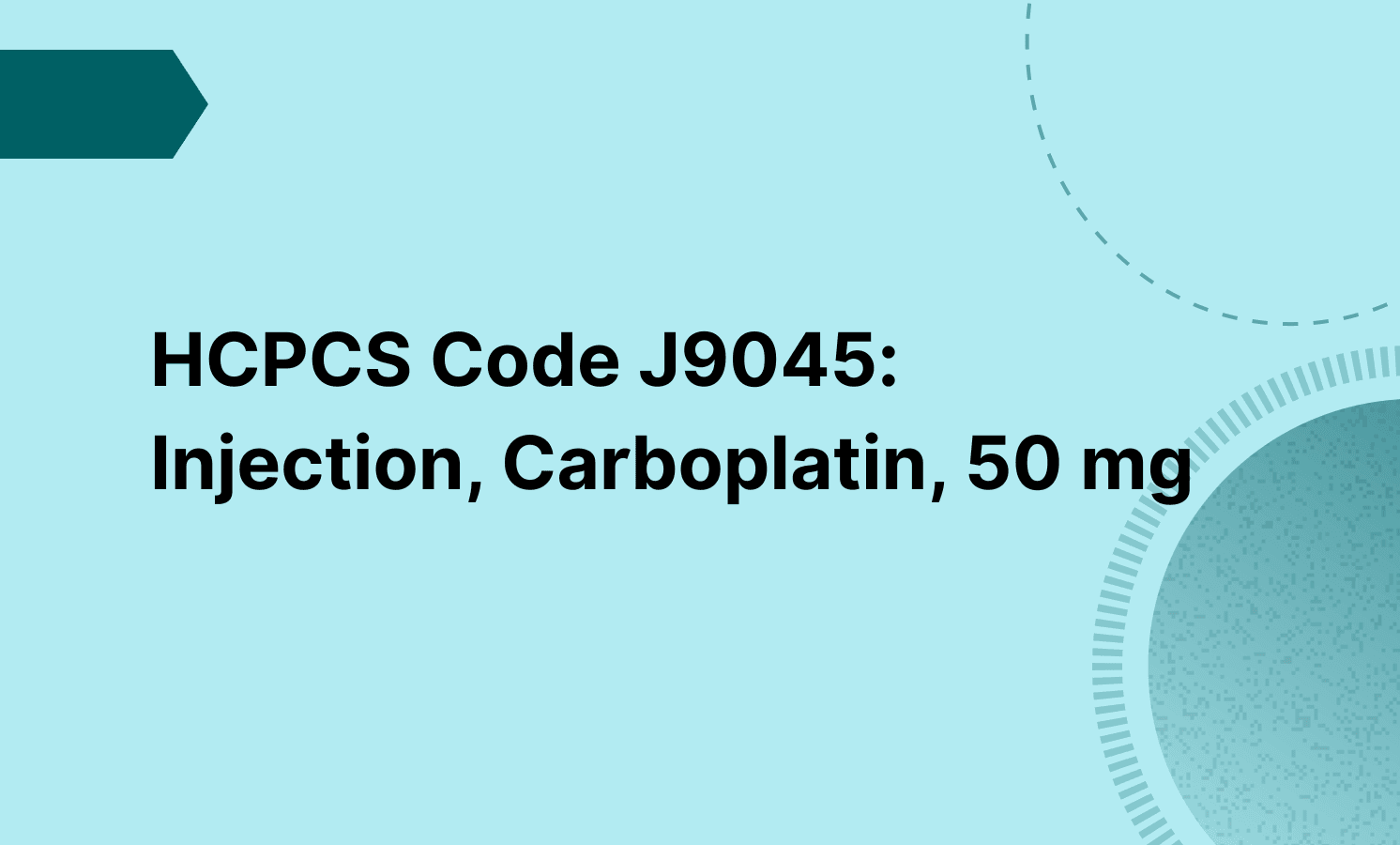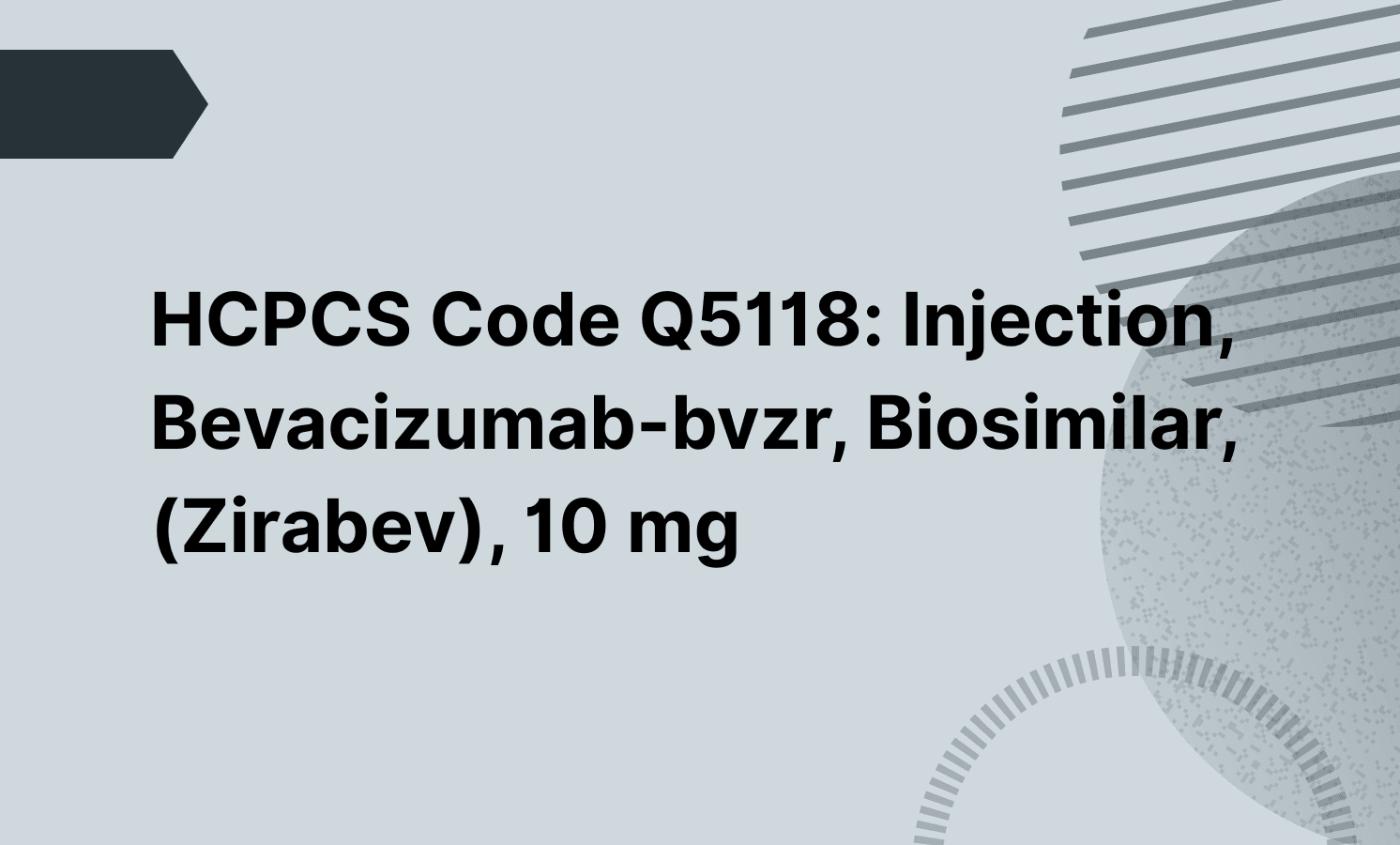CPT code 11042 refers to the debridement of subcutaneous tissue, including epidermis and dermis if performed, for wound areas up to 20 square centimeters or less. This code represents a surgical approach to remove nonviable tissue to support effective wound healing.

CPT code 11042: Debridement, Subcutaneous Tissue
Learn about CPT Code 11042 for surgical debridement of subcutaneous tissue, including documentation, billing guidelines, and related debridement codes.
Frequently asked questions
Wound care focuses on overall wound management, including cleaning, dressing changes, and monitoring for infection. In contrast, debridement refers explicitly to removing dead or infected tissue, facilitating the body's healing process.
CPT 97597 covers selective or non-surgical debridement of superficial tissue, such as using mechanical or enzymatic methods. CPT code 11042 involves surgical debridement of subcutaneous tissue, typically requiring sharp instruments for deeper tissue removal.
EHR and practice management software
Get started for free
*No credit card required
Free
$0/usd
Unlimited clients
Telehealth
1GB of storage
Client portal text
Automated billing and online payments

